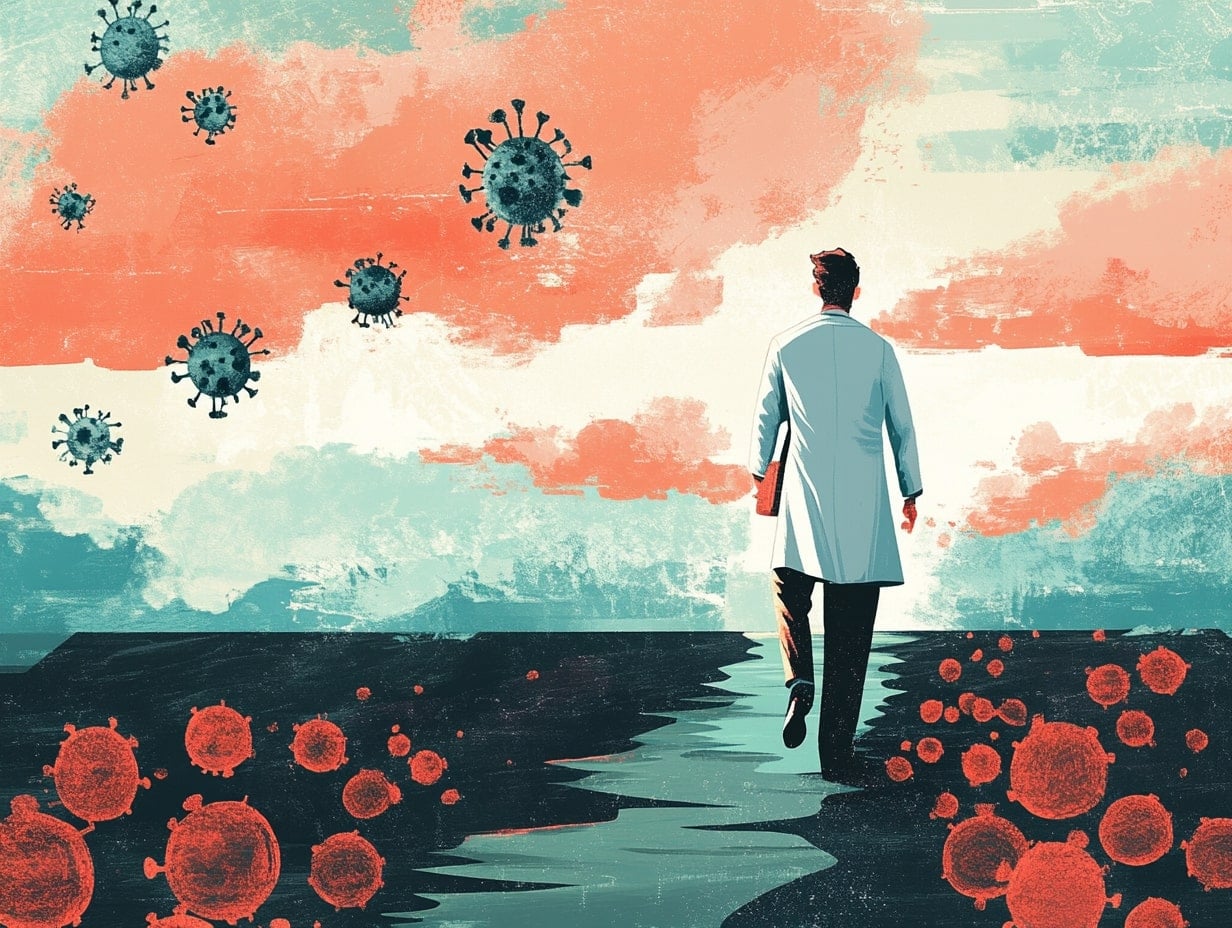2022 STI Statistics: A Closer Look at Chlamydia, Gonorrhea, and Syphilis in the U.S.
Jan 22, 2025
In 2022, cases of chlamydia, gonorrhea, and syphilis in the U.S. continued to rise, with chlamydia reaching over 1.6 million cases and gonorrhea surpassing 700,000. These increasing rates highlight the urgent need for more effective prevention, wider testing, and improved treatment options to protect public health.
Chlamydia: The Most Reported STI in 2022
Chlamydia remains the most commonly reported STI in the United States, with 1,649,716 reported cases in 2022. This marks a slight increase of 0.3% from 2021, continuing a trend of high chlamydia rates over the past decade. The rise in chlamydia cases is particularly concerning due to its potential long-term effects on reproductive health. Untreated chlamydia can lead to pelvic inflammatory disease (PID), infertility, and ectopic pregnancy in women, while men may experience epididymitis and reduced fertility.
Despite the availability of effective treatment, the increase in chlamydia cases highlights the importance of regular screening, especially for sexually active individuals under 25, and consistent use of protection, such as condoms, to reduce transmission.
Gonorrhea: A Decrease in Cases, But Still a Concern
In 2022, the number of reported gonorrhea cases decreased by 8.7% from the previous year, totaling 648,056 cases. While this decrease is a positive trend, gonorrhea remains a major public health issue due to the rise of antibiotic-resistant strains of the bacteria. Untreated gonorrhea can lead to severe complications, including PID, infertility, and increased risk of HIV.
The decline in gonorrhea cases may be attributed to public health efforts to increase testing and treatment, but the continued threat of antibiotic resistance means that ongoing vigilance is necessary. Regular screenings and proper antibiotic treatment are crucial in managing gonorrhea and preventing its spread.
Syphilis: A Worrying Rise in Cases
The number of reported syphilis cases in the United States rose dramatically in 2022, reaching a total of 203,500 cases, marking a 17% increase from 2021. This increase is alarming, as syphilis can cause severe long-term health complications, including damage to the heart, nervous system, and other organs. Congenital syphilis, in which the infection is passed from mother to child during pregnancy, has also seen a troubling rise.
The rise in syphilis cases, particularly congenital syphilis, underscores the importance of early detection and treatment during pregnancy. Screening pregnant women for syphilis is a critical public health strategy to prevent stillbirths and birth defects. Effective treatment with penicillin is available, but without timely intervention, syphilis can cause significant harm to both mothers and babies.
Congenital Syphilis: A Stark Warning
One of the most disturbing trends in the 2022 STI statistics is the 30.6% increase in cases of congenital syphilis, with 3,755 reported cases in 2022. This marks a sharp rise from the previous year and highlights a growing crisis. Congenital syphilis can lead to miscarriage, stillbirth, or severe birth defects in newborns, making early screening and treatment of pregnant women absolutely essential.
Public health experts emphasize the need for routine prenatal syphilis screenings to prevent the spread of the infection to unborn children. Increased access to healthcare, particularly for high-risk populations, is necessary to address this alarming rise in congenital syphilis cases.
What the CDC Recommends
The CDC continues to stress the importance of enhanced prevention, regular testing, and improved treatment efforts to address the rise in STI cases. Key recommendations include:
1. Regular screenings for sexually active individuals, particularly those under 25, to catch infections early.
2. Increased public education on safe sex practices, including condom use and the importance of knowing your sexual health status.
3. Timely treatment with the appropriate antibiotics to reduce the spread of infections and prevent complications.
4. Prenatal care for pregnant women, including routine syphilis screening, to prevent congenital syphilis.
Conclusion
The 2022 STI statistics present a troubling picture of rising infection rates in the U.S., particularly for chlamydia, gonorrhea, and syphilis. The CDC’s report highlights the need for continued vigilance and improved public health efforts to combat these infections. Regular testing, education, and timely treatment are critical in reducing the spread of STIs and protecting both individual and public health.
As the data reveals, we still have much work to do to reduce the impact of STIs on our communities. By continuing to prioritize prevention, education, and accessible healthcare, we can work towards reversing these concerning trends.
Source: cdc.gov

Dr. Michael Thompson
Dr. Michael Thompson is an expert in sexually transmitted diseases with extensive clinical and research experience. He leads campaigns advocating for early diagnosis and prevention of diseases like HIV and gonorrhea. He collaborates with local organizations to educate both youth and adults about sexual health.





